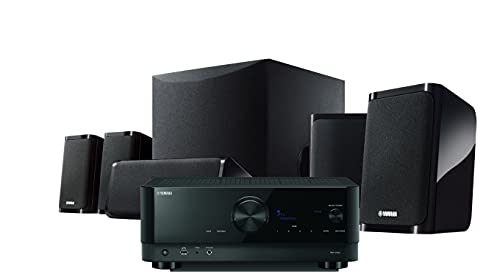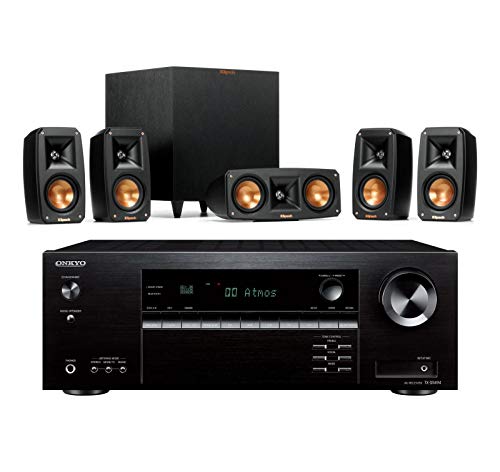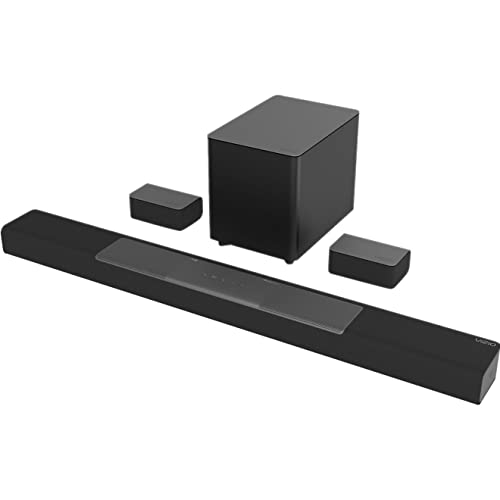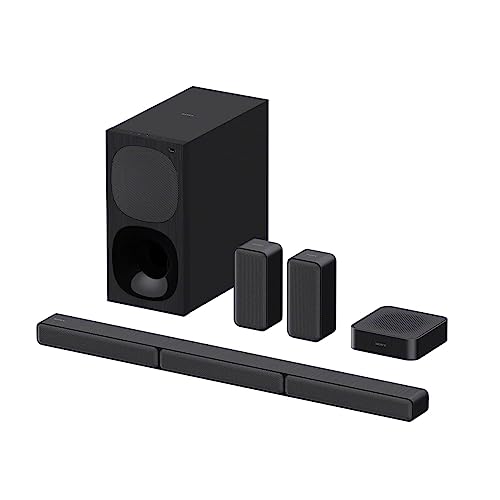
Best Home Audio For The Living Room
Choosing The Best Home Audio For Your Living Room
There are a lot of factors to consider when choosing the best audio system for your home. In this article, we’ll go over some of the most important considerations so that you can make the best decision for your home and your budget.
How to Choose the Right Home Audio System for Your Living Room
When it comes to choosing the right home audio system for your living room, there are a few things you need to take into account. First of all, you need to decide what kind of system you want. Do you want a surround sound system? A stereo system? Or something else entirely?
Once you’ve decided on the type of system you want, you need to think about what kind of budget you have. There are a lot of great home audio systems out there, but they can range in price from very affordable to quite expensive. You’ll need to find something that fits both your needs and your budget.
Finally, you need to think about where you’re going to put the system. If you have a large living room, then you’ll likely be able to accommodate a larger and more powerful system. But if your living room is on the smaller side, then you’ll need to make sure that you choose an appropriately sized system.
Keep these things in mind and you’ll be able to choose the perfect home audio system for your living room.
The Different Components of Home Audio
There are many different components that make up home audio systems. Choosing the right combination of components can be a daunting task, but it is important to choose the best possible setup for your living room. Here are some of the different components of home audio systems and what they do:
Amplifiers: The amplifier is the heart of the home audio system. It takes the audio signal from the source (such as a CD player) and amplifies it so that it can be played through the speakers. There are many different types of amplifiers available, so it is important to choose one that is compatible with your other components and has the features you want.
Speakers: Speakers are what actually produce the sound. There are many different types of speakers available, so it is important to choose ones that will work well with your amplifier and fit well in your living room.
Cables: Cables are used to connect all of the components of your home audio system together. There are many different types of cables available, so it is important to choose ones that are compatible with your other components and have the features you want.
Source Components: Source components are what provide the audio signal that is amplified by the amplifier and played through the speakers. Common source components include CD players, turntables, and digital audio players.

Dolby Atmos
Dolby Atmos is the latest and greatest in home audio technology. If you’re looking for the best possible sound quality for your living room, then Dolby Atmos is the way to go.
Dolby Atmos is a surround sound technology that uses ceiling speakers to create a more immersive sound experience. The technology was originally developed for movie theaters, but has since been adapted for home use.
If you’re looking for a Dolby Atmos-enabled receiver, then you’ll want to check out the Yamaha RX-A3080. This receiver is one of the best on the market and offers excellent sound quality.
If you’re not looking for a Dolby Atmos receiver, then any of the receivers on this list will be a great choice for your home theater.
DTS:X
When it comes to choosing the best home audio for your living room, there are a lot of different options to consider. One of the newer and more popular options is DTS:X, which is a surround sound format that offers a lot of benefits. Here are some things to keep in mind if you’re considering DTS:X for your home audio needs.
Benefits of DTS:X
There are a few key benefits that come with choosing DTS:X for your home audio needs. First, it offers a more immersive experience than traditional surround sound formats. This is because it uses object-based audio, which allows sounds to be placed anywhere in the room, giving you a truly three-dimensional feeling.
Another benefit of DTS:X is that it’s compatible with a wide range of speaker setups. Whether you have a traditional 5.1 setup or something more unique, DTS:X will be able to work with it. This flexibility can be helpful if you’re trying to upgrade your system piece by piece.
Finally, DTS:X also offers upscaling features that can take lower-quality audio and make it sound better. So even if you have some old CDs or MP3s that you’re not ready to get rid of just yet, DTS:X can help them sound their best.
Considerations for DTS:X
There are a few things to keep in mind if you’re considering DTS:X for your home audio needs. First, it’s important to make sure that your receiver is compatible with the format. While most newer receivers will be, some older models might not be.
Another consideration is that DTS:X requires a bit more processing power than other surround sound formats. This means that it might not be the best choice if you’re looking for the absolute best audio quality possible. However, it’s still a significant step up from standard surround sound, so it’s worth considering if you’re looking for an upgrade.
Finally, keep in mind that DTS:X is a fairly new technology, which means that there aren’t as many movies or TV shows available in the format yet. However, this is changing quickly, and more and more content is being released in DTS:X all the time.
The Different Types of Soundbars
When it comes to choosing the best audio for your living room, you have a lot of options. One option that has become increasingly popular in recent years is the soundbar. Soundbars are a type of speaker that can be used to improve the sound quality of your TV, music, or other audio sources.
There are many different types of soundbars on the market, so it can be tough to know which one is right for you. In this blog post, we’ll go over some of the different types of soundbars and help you choose the best one for your needs.
First, let’s start with the most basic type of soundbar: the passive soundbar. Passive soundbars are the simplest type of soundbar and they don’t require any extra equipment. All you need is a TV with an HDMI input and you’re good to go.
Passive soundbars are a good choice if you’re looking for an affordable way to improve your TV’s sound quality. However, they do have some limitations. For one, passive soundbars can’t create true surround sound. They also can’t get as loud as other types of soundbars since they rely on your TV’s speakers for amplification.
How to Choose a Soundbar
When it comes to choosing the best home audio for your living room, there are a lot of factors to consider. But one important element is choosing the right soundbar. Soundbars can greatly improve the audio quality of your TV, and they come in a variety of shapes, sizes, and price points. So how do you choose the right one for your living room?
Here are a few things to keep in mind:
1. The size of your room. Soundbars come in different sizes, so you’ll want to make sure you choose one that’s appropriate for the size of your living room. If you have a small space, then a compact soundbar might be a good option. But if you have a large room, then you’ll need a larger soundbar with more powerful speakers.
2. The type of TV you have. If you have a plasma TV, then you’ll want to avoid soundbars with subwoofers because the bass can distort the picture. Instead, look for soundbars with built-in Dolby Digital or DTS decoders. These will provide superior audio quality without compromising picture quality.
3. Your budget. Soundbars range in price from around $100 to $1,000 or more. So it’s important to set a budget before you start shopping. That way, you can narrow down your options and find a soundbar that fits your needs and your budget.
4. The features you want. Soundbars come with a variety of features, so you’ll want to decide which ones are most important to you. For example, some soundbars come with built-in Bluetooth for streaming music from your smartphone or tablet. Others have USB ports for playing music from a USB drive. And some even come with built-in WiFi for streaming music from online services like Pandora or Spotify.
5. The audio quality. This is arguably the most important factor to consider when choosing a soundbar. After all, the whole point of a soundbar is to improve the audio quality of your TV. So make sure to read reviews from trusted sources before making your final decision.
Now that you know what to look for in a soundbar, it’s time to start shopping around. Check out our top picks for the best soundbars and find the perfect one for your living room.
What to Look for in a Soundbar
When it comes to choosing the best audio for your living room, one of the most important factors to consider is the soundbar. A soundbar is a great way to improve the sound quality of your TV and can really enhance your overall viewing experience. But with so many different soundbars on the market, how do you know which one is right for you? Here are a few things to look for when choosing a soundbar for your living room:
1. Sound Quality: This is probably the most important factor to consider when choosing a soundbar. Make sure to read reviews from other users to get an idea of how the soundbar sounds before making your final decision.
2. Connectivity: Another important factor to consider is how the soundbar connects to your TV. Some soundbars connect via Bluetooth while others require a wired connection. Consider which type of connection would be easiest for you to use.
3. Ease of Use: You don’t want a soundbar that’s difficult to set up or use. Look for a soundbar with simple controls and an easy-to-understand user manual.
4. Budget: Finally, consider your budget when choosing a soundbar. Soundbars range in price from around $100 to $1,000, so there’s sure to be one that fits your needs and budget.
The Best Home Audio Systems for Your Living Room
There are a lot of different home audio systems on the market these days. So, how do you choose the best one for your living room? Here are a few things to consider:
1. What is your budget?
2. What size room do you have?
3. What types of music do you listen to?
4. How many people will be using the system?
5. Do you want a wireless system?
Once you’ve answered these questions, you can start narrowing down your options. There are a lot of great home audio systems out there, so take your time and find the one that’s perfect for you and your living room.
How to Set Up Your Home Audio System
If you’re looking to get the best sound quality for your living room, you’ll need to set up a home audio system. This can seem like a daunting task, but we’ll walk you through the process step by step.
First, you’ll need to choose the right audio components for your system. This includes an amplifier, speakers, and any other necessary accessories. You’ll also need to make sure that these components are compatible with each other.
Once you have your components, it’s time to set them up. This process will vary depending on the specific products you’re using, but in general, you’ll need to connect the amplifier to the speakers and then run wires from the amplifier to the audio source.
Finally, once everything is connected, it’s time to test it out. Put on your favorite album or movie and see how it sounds! If everything sounds good, then you’re ready to enjoy your new home audio system.
Conclusion
There are many things to consider when choosing the best home audio for your living room. In this article, we have gone over some of the most important factors to keep in mind. We hope that this has helped you narrow down your choices and find the perfect audio system for your needs.































